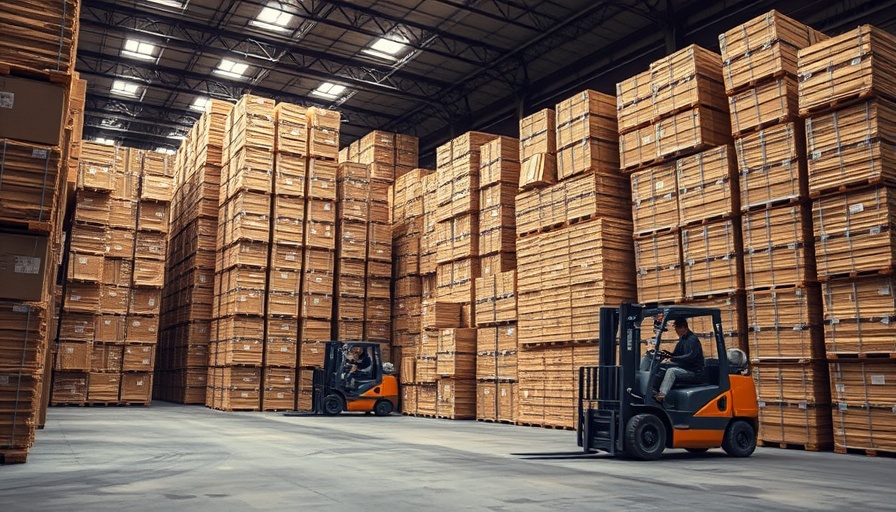
Improving Warehouse Safety: Smart Stacking and Securing Cardboard Bales
In high-paced warehouse environments, safety is paramount, especially when dealing with materials like cardboard. Stacked too high, cardboard bales risk collapsing or shifting, posing serious risks to workers. This article explores practical strategies to enhance warehouse safety through smart stacking and securing methods for cardboard bales.
The Danger of Improper Stacking
High stacks of cardboard can lead to instability, one of the leading causes of workplace injuries. If bales shift or topple, they can injure employees who are nearby, creating a hazardous environment. Such incidents can lead to costly injuries, loss of work, and reduced morale. Moreover, the Occupational Safety and Health Administration (OSHA) encourages businesses to maintain safe stacking practices to mitigate these risks.
Safety Regulations and Best Practices
Warehouse safety practices should align with OSHA guidelines. Proper training on stacking techniques and awareness of hazard factors is essential. Key practices include:
- Ensuring bales are stacked evenly and not exceeding the height limits marked on the pallets.
- Using end or side braces to support tall stacks and prevent them from toppling over.
- Regular inspections of stacking arrangements to catch any signs of instability.
By adhering to these guidelines, warehouses can significantly reduce the chances of accidents, ensuring a safer workplace.
Practical Tips for Securing Cardboard Bales
Implementing innovative techniques can promote better safety. Here are some actionable tips:
- Use Compression Bindings: Binding bales tightly together prevents them from shifting or collapsing during movement.
- Color-Coding: Designate specific colors for marked safe stacking heights. This visual cue helps workers immediately understand the limits.
- Utilize Pallet Racking Systems: Investing in racking systems tailored for cardboard bales not only maximizes space but also offers better stability.
These techniques not only enhance safety but also optimize operations by minimizing downtime caused by accidents.
Encouraging a Culture of Safety
Beyond techniques, fostering a culture of safety among employees is critical. This can be achieved through:
- Regular Training Sessions: Conducting safety training sessions on proper stacking practices promotes awareness and accountability.
- Open Communication Channels: Creating an environment where employees feel comfortable reporting safety concerns encourages proactive measures.
- Celebrating Safety Wins: Recognizing teams or individuals who adhere to safety protocols reinforces the importance of this culture.
Creating a shared responsibility for safety boosts not only compliance but also team morale.
Future Trends in Warehouse Safety
Looking ahead, technology is expected to play a significant role in enhancing safety in warehouses. Innovations such as AI-powered inventory systems and automated guided vehicles will help minimize human interaction with unstable stacks, thereby reducing the risk of accidents. Furthermore, the rise of augmented reality (AR) for training can equip employees with practical knowledge on the spot, improving their safety practices.
Conclusion: Act Now for a Safer Workplace
Improving warehouse safety by stacking smartly and securing cardboard bales is not just a regulatory obligation; it's a moral responsibility towards employees. By implementing best practices and fostering a culture of safety, businesses can ensure both protection for their workforce and smoother operations. Now is the time to evaluate existing practices and make the necessary changes to enhance safety across all levels of the organization.
Take action today and prioritize warehouse safety—your workers will thank you for it.
 Rij toevoegen
Rij toevoegen






Write A Comment